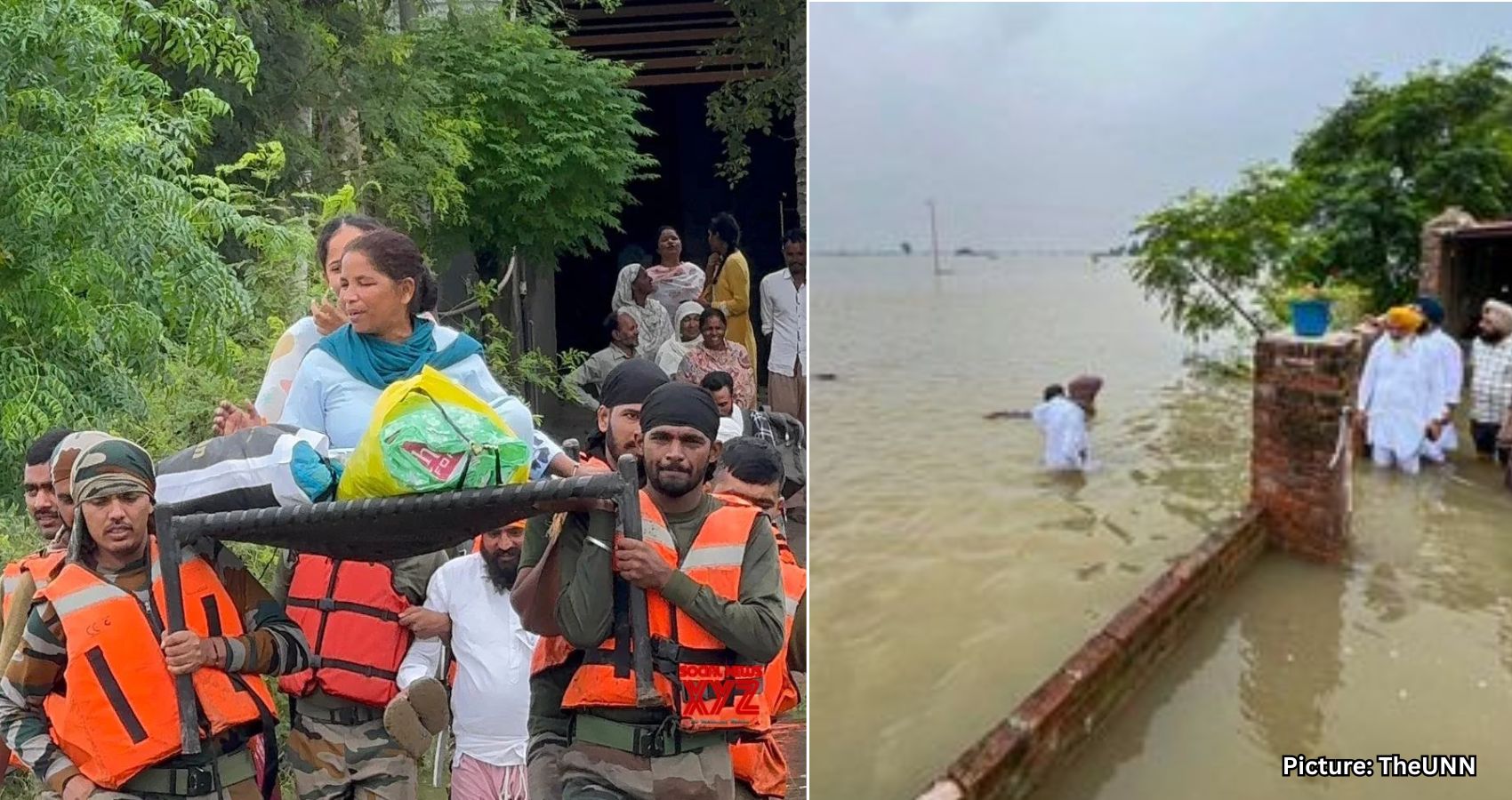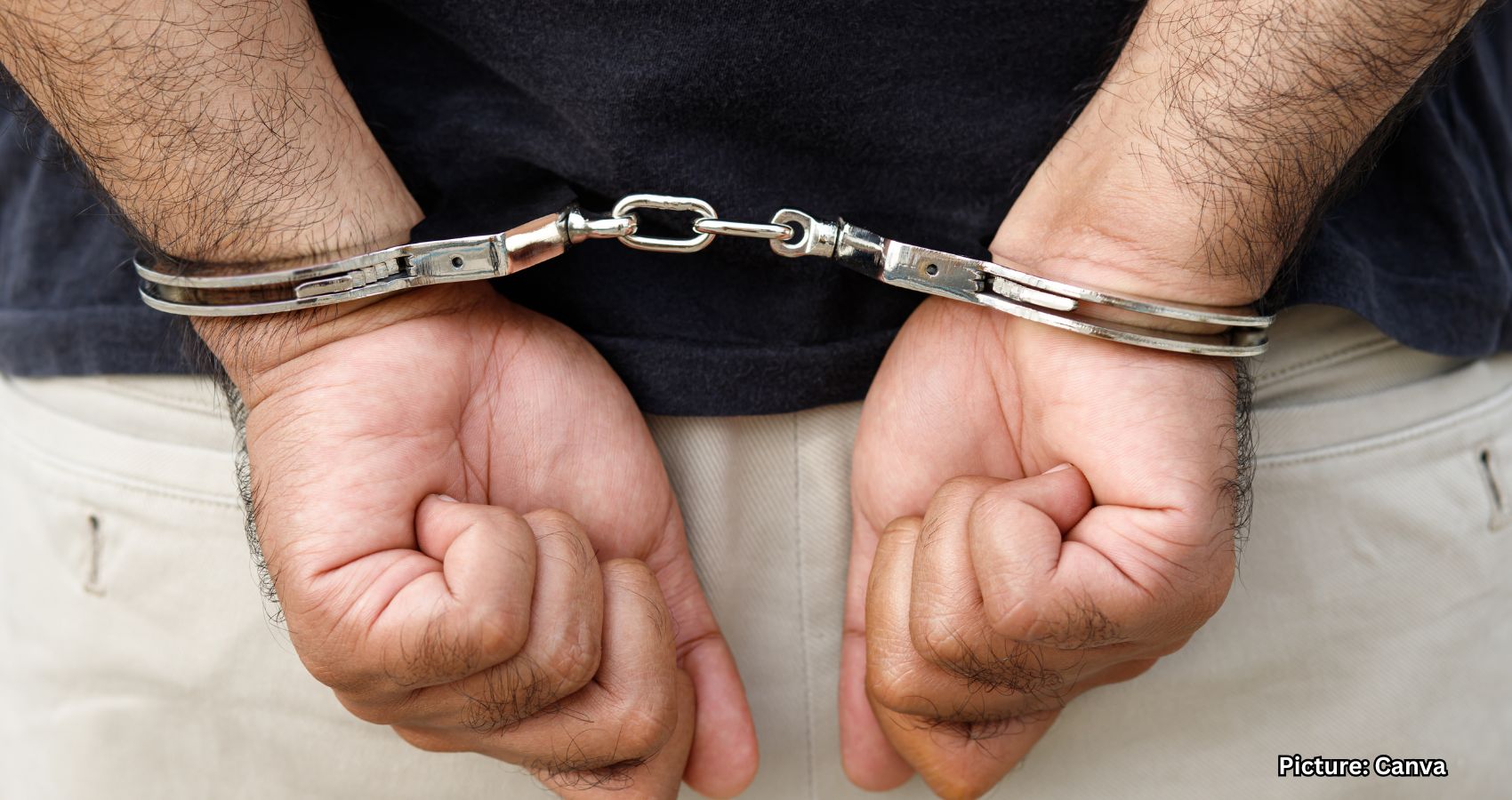Hackers are exploiting a vulnerability known as SessionReaper, targeting Magento and Adobe Commerce stores, compromising over 250 sites in a single day and endangering customer data.
A serious security vulnerability has been discovered in the software that powers thousands of e-commerce sites, including Magento and its paid version, Adobe Commerce. The flaw, referred to as SessionReaper, allows hackers to infiltrate active shopping sessions without needing a password. This breach can enable attackers to steal sensitive data, place fraudulent orders, or even gain complete control of the affected online stores.
The vulnerability lies in the system’s communication protocols with other online services. Due to inadequate verification processes, the software sometimes accepts fraudulent session data as legitimate. Cybercriminals exploit this weakness by sending fake session files that the system mistakenly trusts.
Researchers at SecPod have warned that successful exploitation of this vulnerability can lead to significant consequences, including the theft of customer data and unauthorized purchases. Once the method of attack was made public, cybercriminals quickly began to capitalize on it, with security experts at Sansec reporting that more than 250 online stores were compromised within just one day. This rapid spread underscores the urgency of addressing vulnerabilities as soon as they are disclosed.
Adobe took action by releasing a security update on September 9 to address the SessionReaper vulnerability. However, weeks later, approximately 62% of the affected stores had yet to implement the update. Some store owners express concerns that the update might disrupt existing features on their sites, while others may not fully understand the severity of the risk they face.
Each unpatched store remains vulnerable, serving as an open door for attackers looking to steal information or install malicious software. As major companies like Google and Dior have recently experienced significant data breaches, the importance of cybersecurity in e-commerce cannot be overstated.
While store owners bear the responsibility of securing their platforms, consumers can also take proactive measures to protect themselves while shopping online. Being vigilant about website behavior is crucial. If a page appears unusual, loads slowly, or displays error messages, it may indicate underlying issues. Shoppers should always look for the padlock symbol in the address bar, which signifies that the site uses HTTPS encryption. If this symbol is absent or if the site redirects to an unfamiliar page, it is advisable to close the browser tab immediately.
Cybercriminals often employ deceptive promotional emails or ads that mimic legitimate store offers. To avoid falling victim to phishing schemes, it is safer to type the store’s web address directly into the browser rather than clicking on links in emails or ads.
Given that vulnerabilities like SessionReaper can expose personal data to criminal marketplaces, consumers might consider using reputable data removal services. These services continuously scan and delete private information, such as addresses and phone numbers, from data broker sites, thereby reducing the risk of identity theft if personal information is leaked through a compromised online store.
While no service can guarantee complete data removal from the internet, employing a data removal service can provide peace of mind. These services actively monitor and systematically erase personal information from numerous websites, making it harder for scammers to target individuals by cross-referencing data from breaches with information available on the dark web.
Additionally, strong antivirus protection is essential for online safety. Consumers should choose reputable software that offers real-time protection, safe browsing alerts, and automatic updates. A robust antivirus program can detect malicious code, block unsafe sites, and alert users to potential threats, adding another layer of defense when visiting online stores that may not be fully secure.
When making purchases, opting for payment services that provide an extra layer of security is advisable. Platforms like PayPal, Apple Pay, or Google Pay do not share card numbers with retailers, minimizing the risk of information theft if a store is compromised. These payment gateways also offer dispute protection in cases of fraudulent transactions.
It is wise to shop from well-known brands that typically have better security measures and quicker response times when issues arise. Before purchasing from a new website, consumers should check reviews on trusted platforms and look for signs of credibility, such as clear contact information and verified payment options. A few minutes of research can prevent weeks of frustration.
Regular updates are one of the most effective ways to safeguard data. Ensuring that computers, smartphones, and web browsers have the latest security patches installed is crucial, as updates often fix vulnerabilities that hackers exploit. Enabling automatic updates can help maintain protection without requiring additional effort.
For those creating accounts on shopping sites, it is essential to use unique, strong passwords for each account. Utilizing a password manager can help generate and store complex passwords, ensuring that if one account is compromised, others remain secure.
Consumers should also check if their email addresses have been exposed in past data breaches. Some password managers include built-in breach scanners that alert users if their credentials have appeared in known leaks. If a match is found, it is vital to change any reused passwords and secure those accounts with new, unique credentials.
Enabling two-factor authentication (2FA) on sites or payment services that offer it adds an additional security layer. This requires a second verification step, such as a code sent to a mobile device, making it more difficult for hackers to access accounts even if they obtain passwords.
Public Wi-Fi networks, commonly found in cafes, airports, and hotels, are often unsecured. Shoppers should avoid entering payment information or logging into accounts while connected to these networks. If necessary, using a mobile data connection or a reliable VPN can help encrypt online activities.
Regularly monitoring financial statements for unusual activity is also essential. Small, unauthorized charges can be early indicators of fraud. Consumers should report any suspicious transactions to their bank or credit card company immediately to prevent further damage.
The SessionReaper attack highlights the speed with which online threats can emerge and the potential consequences of ignoring updates. For retailers, promptly installing security patches is critical. For consumers, remaining vigilant and choosing secure payment methods are the best strategies for protection.
Would you continue to shop online if you knew hackers might be lurking behind a store’s checkout page? Share your thoughts with us at Cyberguy.com.
Source: Original article









































